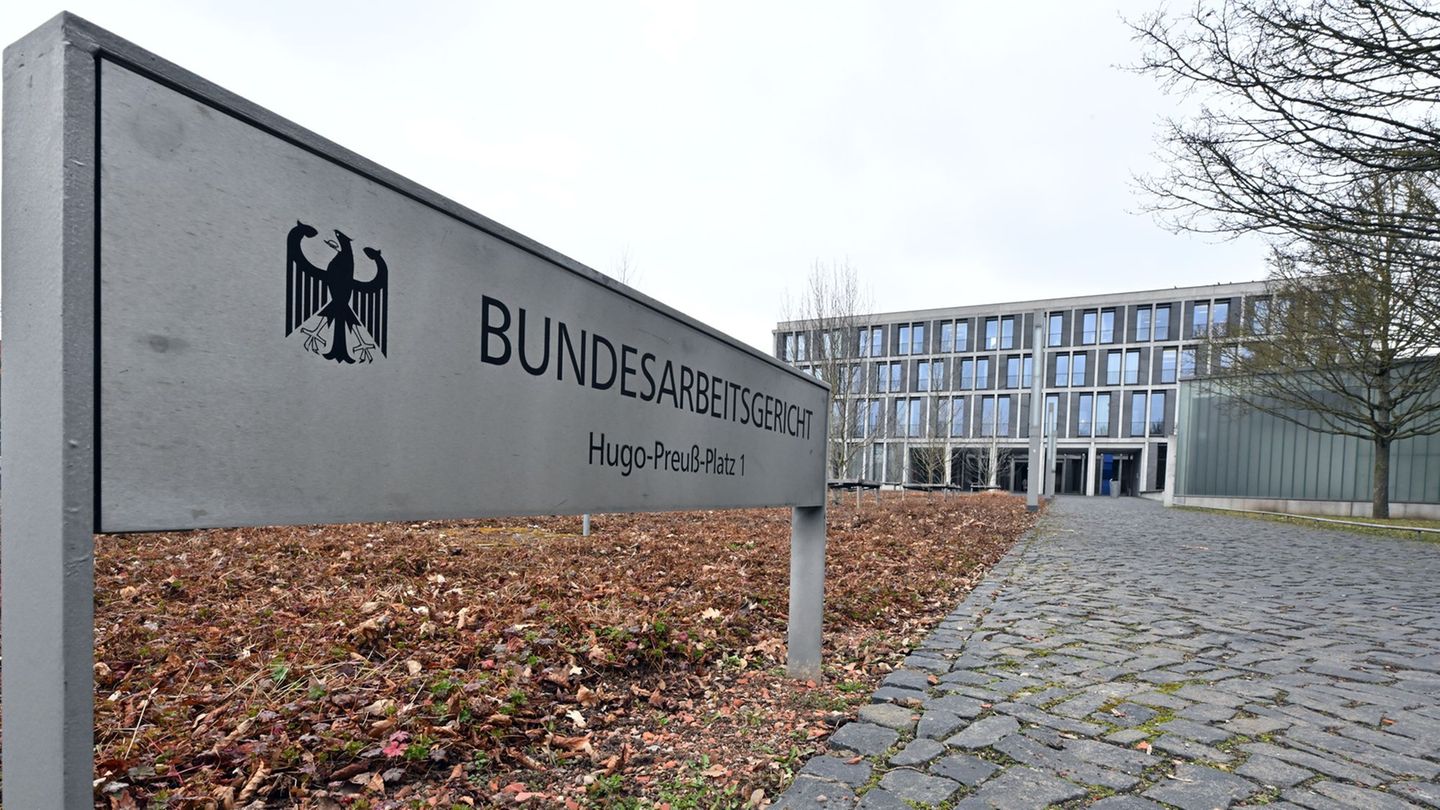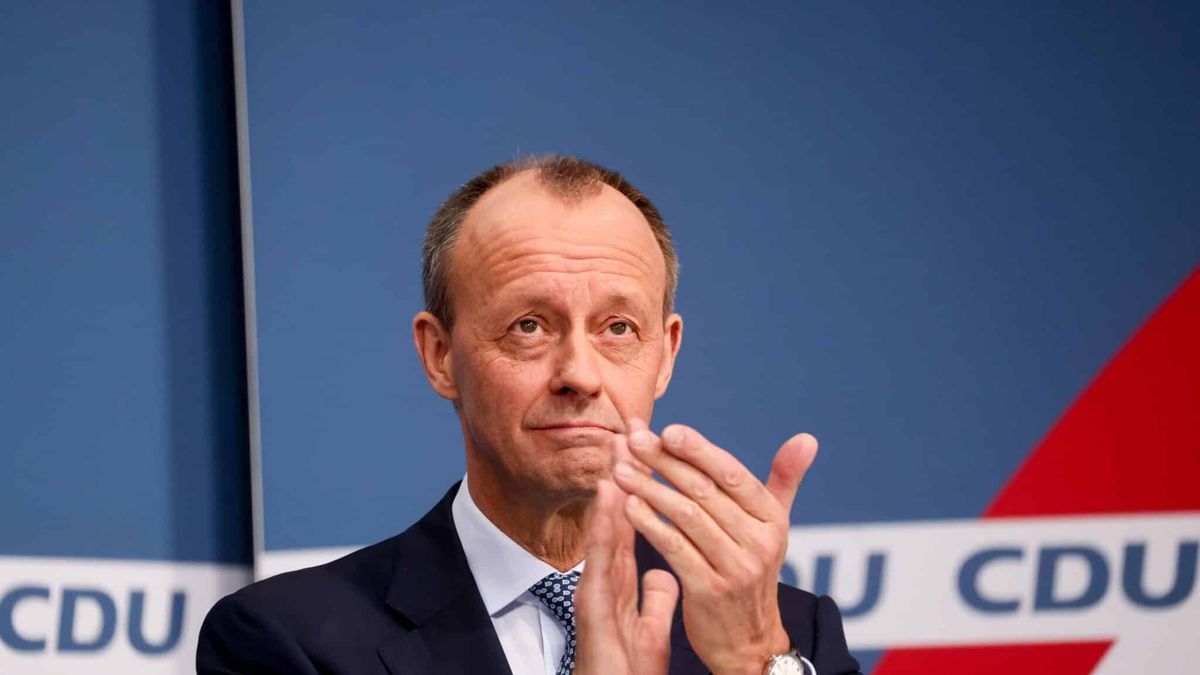Context
The global economic scenario is going through a moment of growing uncertainty. Despite certain signs of resilience in the United States and Europe, the main multilateral organizations warn about a probability of more than 50% world recession for the second semester of 2025. The drop in the prices of strategic commodities, the residual monetary tightening of the main central banks and the persistent financial fragility in bank segments and sovereign debt mark an adverse international environment for emerging countries. Argentina, historically vulnerable to exogenous shocks, faces this context from a particularly delicate internal situation.
At domestic level, the administration of Javier Milei Try to consolidate a successful narrative based on a deep fiscal adjustment and an alleged recovery of economic activity. The explicit support of key figures of the International Monetary Fund, such as Kristalina Georgieva, Who even publicly suggested electorally to the ruling party, accounts for the tune between the government program and the demands of external creditors.
However, internal political reality seems much more complex. The confidence in the government, measured by the Torcuato Di Tella University, fell for the fifth consecutive monthreaching its lowest level in April in seven months. The combination of severe adjustments, perceptions of favoritism in the allocation of public credits-as the recent case of bice loans to entrepreneurs related to the ruling- and a growing social discomfort, reflected in sectoral stoppages and protests, draw a political horizon full of tensions.
To this is added an episode that has lit all alarms: the mysterious disappearance of the gold reserves of the Central Bank. Links valued in billions of dollars were retired on commercial flights to officially not clarified destinations, presumably Basel or London. Beyond the technical justifications on accounting value, the fact raises serious questions about transparency and the true patrimonial situation of the monetary entity.
In this context -institutional fragility, growing political tension and an external world less and less friendly -, the supposed tax and economic achievements acquire another dimension. It is not about denying the advances in surplus or some short -term sectoral recovery, but about wondering how much apparent success is sustainable and how much is a sustained mirage by force of financial repression, remaining of the current stock, forced internal indebtedness and transitory blenders.
Analyze the situation of public debt in pesos and exchange vulnerability becomes, then, not only a technical exercise, but a critical need to anticipate latent risks that threaten to destabilize the Argentine economy.
We understand that (from its perspective) the Government, rightly exhibits some advances in fiscal and economic activity. However, a more rigorous academic analysis invites you to relativize the true sustainability of these achievements.
In the first place, the primary fiscal surplus obtained so far has rested more in transient factors – such as extraordinary income, budget sub -executions and a real license of the inflationary lag product – than in permanent structural reforms. The margin of maneuver to continue adjusting the expense is increasingly narrow, especially as the recomposition of pension assets and social transfers are consolidated. On the income side, the elimination of the country tax and the minor withholdings, in a context of exchange appreciation, they compromised the collection capacity.
In turn, the growth of the activity, although it shows signs of recovery, is based on fragile bases. The appreciation of the exchange rate, driven as an anti -inflationary anchor, although it favors a transitory decrease in inflation, erodes external competitiveness and postpones export investment decisions. In addition, several strategic sectors, such as construction, still fail to recover the levels of 2022-2023, which anticipates that recovery will be partial and heterogeneous.
Even more worrying is the silent deterioration of the public debt market in pesos. The National Treasury faces increasing maturities of domestic debt throughout 2025. In fact, in the last tender of public titles, it barely managed to renew about 70% of the maturities, leaving 30% discovered. This situation is more serious if it is considered that a significant portion of renewal was forced through public bodies under the orbit of the Ministry of Economy.
If this employer is repeated – or exacerbates – in the coming months, the government could be forced to pay in cash a growing proportion of maturities. This implies injecting a growing mass of weights to the market, in a context where the official dollar shows an estimated delay around 25% compared to its equilibrium value. Nor can it be said that fixed -term deposits in pesos are left in the banks, as the medium term elections approach. The combination of surplus weights and appreciated exchange rate could reactivate dollarizing pressures, compromising not only exchange stability, but also price dynamics.
In sum, current fiscal numbers look healthy only as long as the ability to refinance debt in pesos in favorable conditions is maintained. The incipient difficulty in renewing 100% of the maturities, even coercing official organizations, should be an alert signal for analysts and policy makers.
Current stability is more fragile than superficial figures suggest. As the economic theory teaches, the processes of fiscal consolidation and monetary stabilization are only successful when they manage to simultaneously strengthen the expectations of sustainability of public debt and external competitiveness. Today, both variables show vulnerabilities that should not be minimized.
In short, the narrative of economic success, sustained in partial figures and sustained by force of financial repression and exchange appreciation, hides a background dilemma: There is no lasting stabilization without genuine credibility or ability to finance without coercion.
The risk of a dynamic of “self -ability” is real: each tender required by the pressure of public bodies to avoid domestic default mine the confidence of private investors. Each weight that is not possible to renew is a weight that can end up pressing on the exchange market, in a context where the official exchange rate drags a delay close to 25% with respect to its equilibrium value.
If the treasure fails to rebuild its credibility – and not only buy time with transient surpluses – the scenario of a messy exit cannot be discarded. Argentine economic history offers too many examples of cycles of enthusiasm followed by painful abrupt corrections.
The real challenge is not to show good numbers today, but build bases that avoid a collapse tomorrow. Time runs. And, in economics, mirages usually end in nightmares.
Director of Esperanza Foundation. Postgraduate professor at UBA and private universities. Master in International Economic Policy, Doctor of Political Science, author of six books.
Source: Ambito
David William is a talented author who has made a name for himself in the world of writing. He is a professional author who writes on a wide range of topics, from general interest to opinion news. David is currently working as a writer at 24 hours worlds where he brings his unique perspective and in-depth research to his articles, making them both informative and engaging.




